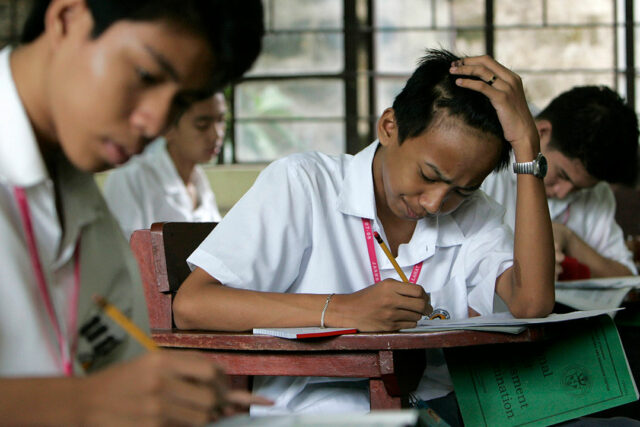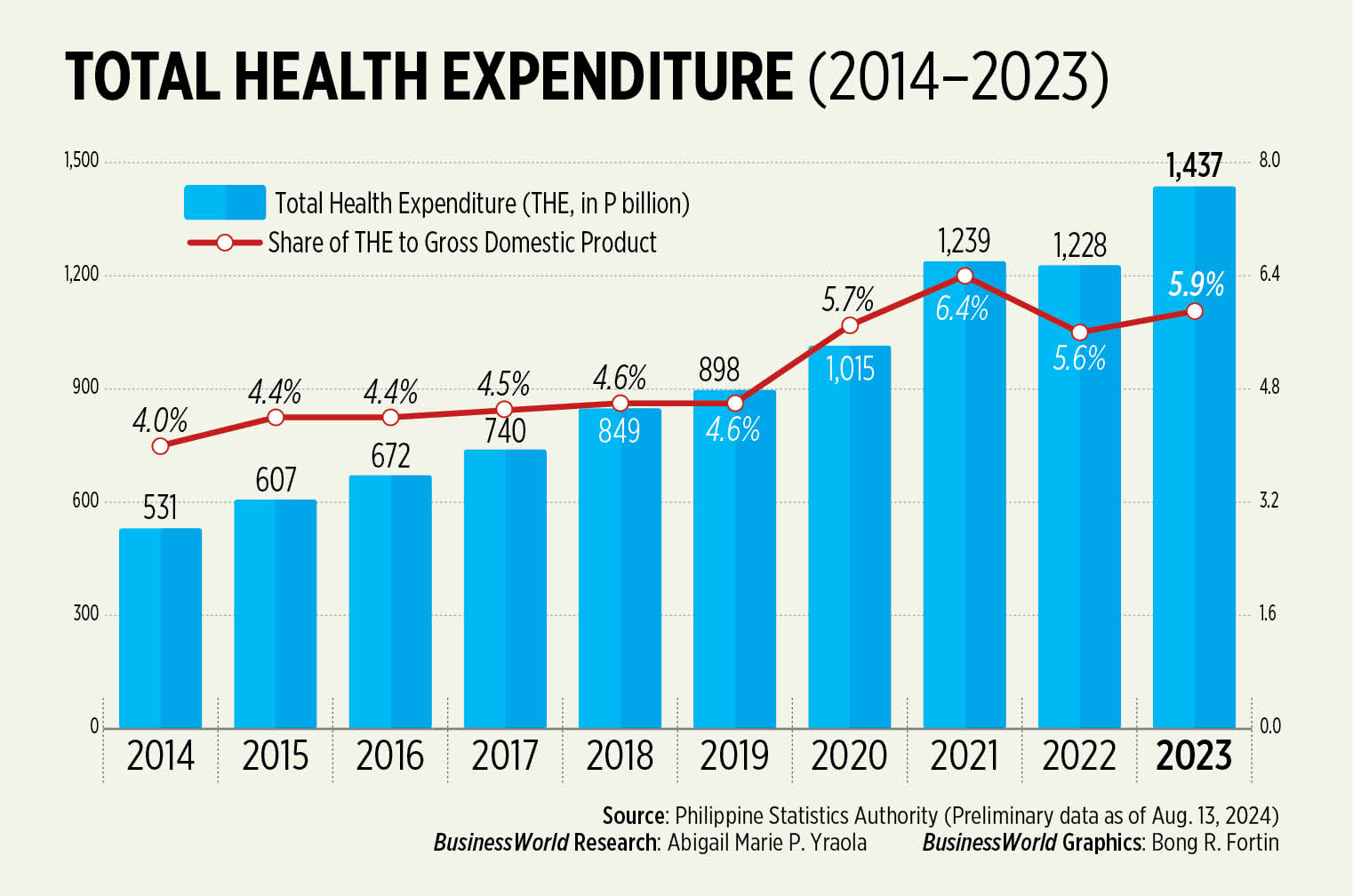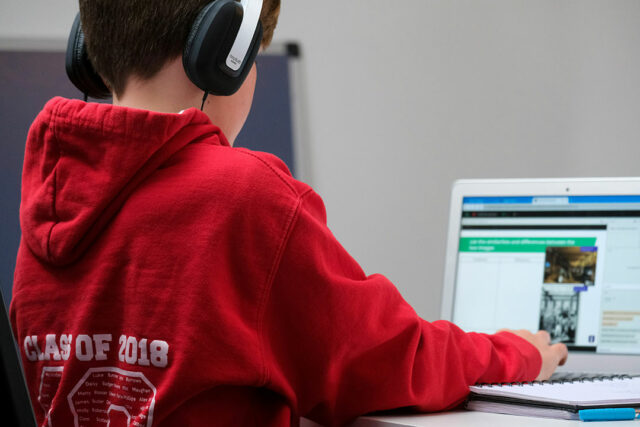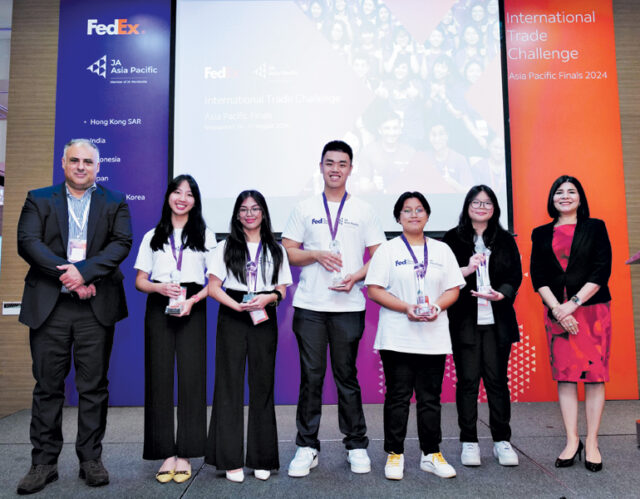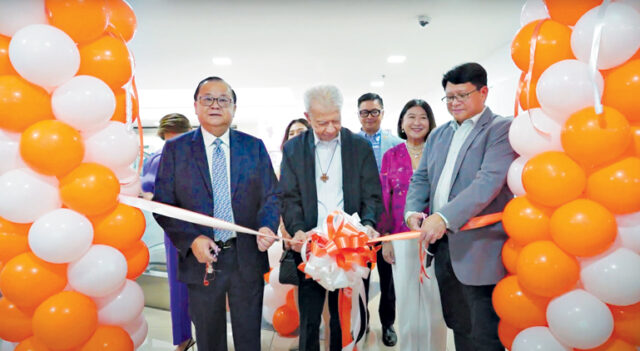Shifts and turns: The imperatives for Philippine businesses
By Ron F. Jabal
THE global business landscape has been dramatically reshaped by a series of unprecedented challenges. The coronavirus disease 2019 (COVID-19) pandemic served as a major catalyst, accelerating trends that were already in motion while introducing new dynamics that have irrevocably altered how companies operate. The rapid advancements in artificial intelligence (AI) are changing the way we do business, even creating new work paradigms.
Thus, it has become imperative for businesses to not only adapt to these changes but to actively shape the future. The post-pandemic era, defined by the integration of artificial intelligence (AI) and the reimagining of work, truly presents opportunities, risks, and challenges. It is therefore critical to explore and review how Philippine businesses have been transforming and how they must continue to evolve over the next decade.
THE POST-PANDEMIC LANDSCAPE: A CATALYST FOR CHANGE
The COVID-19 pandemic was more than just a health crisis; it was a wake-up call that forced businesses to rethink their strategies, operations, and priorities. As the world ground to a halt, companies that were quick to pivot and adapt found themselves not just surviving but thriving in an altered environment. The pandemic exposed the vulnerabilities in global supply chains, highlighted the importance of digital infrastructure, and underscored the need for agility in business operations.
For Philippine businesses, the pandemic accelerated the adoption of digital technologies. Companies that had previously been slow to embrace digital transformation were suddenly thrust into a world where online platforms became the primary mode of operation. Retailers, for example, shifted to e-commerce models almost overnight, while service providers adopted remote work arrangements. This rapid shift was not without challenges, but it laid the groundwork for a more digitally integrated economy.
EMBRACING AI AND THE FUTURE OF WORK
As we look ahead, the role of artificial intelligence in business cannot be overstated. AI is no longer a futuristic concept; it is here, and it is transforming industries across the board. From automating routine tasks to providing deep insights through data analytics, AI is enabling companies to operate more efficiently and effectively.
In the Philippines, the integration of AI is still in its early stages, but the potential is immense. AI-driven solutions can help businesses enhance customer experiences, optimize supply chains, and improve decision-making processes. However, the widespread adoption of AI also raises important questions about the future of work. As machines take on more tasks, what will happen to the human workforce? This is a critical issue that businesses must address as they navigate the road ahead.
The future of work is not just about technology; it is about people. The pandemic has fundamentally changed how we work, with remote and hybrid work models becoming more common. This shift has implications for everything from employee productivity to company culture. As businesses in the Philippines adapt to these new work arrangements, they must find ways to balance the benefits of flexibility with the need for collaboration and connection.
As we consider the future of Philippine businesses over the next decade, several scenarios emerge that will shape the landscape in significant ways. These scenarios are not predictions, but they highlight potential trends and challenges that businesses must be prepared to navigate.
Digital Transformation as a Continuous Process: The rapid digitalization prompted by the pandemic is just the beginning. Over the next decade, businesses will need to view digital transformation as an ongoing process, continuously integrating new technologies and refining their digital strategies. This will require not just investment in technology, but also in upskilling employees to thrive in a digital-first environment.
AI-Enhanced Decision Making: As AI becomes more sophisticated, it will play an increasingly central role in business decision-making. Companies that leverage AI to analyze data, predict trends, and optimize operations will gain a competitive edge. However, they must also address the ethical considerations of AI, including issues of transparency, bias, and data privacy.
The Evolution of Work: The future of work will be defined by flexibility. Remote and hybrid work models are likely to become permanent fixtures, but businesses will need to navigate the challenges of managing distributed teams, maintaining company culture, and ensuring employee well-being. The gig economy will also expand, offering workers more flexibility but also raising concerns about job security and benefits.
Sustainability as a Business Imperative: Environmental sustainability will move from being a corporate responsibility to a business imperative. Companies will need to adopt green practices not just to comply with regulations, but to meet the growing demand from consumers and investors for sustainable products and services. This will involve everything from reducing carbon footprints to embracing circular economy models.
Resilient Supply Chains: The disruptions caused by the pandemic highlighted the fragility of global supply chains. In the coming years, businesses will need to build more resilient supply chains that can withstand shocks, whether from pandemics, geopolitical tensions, or natural disasters. This may involve diversifying suppliers, investing in local production, and leveraging digital technologies to improve supply chain visibility and agility.
Cybersecurity as a Top Priority: As businesses become more digital, they will also become more vulnerable to cyberthreats. Cybersecurity will need to be a top priority, with companies investing in advanced security measures, training employees on best practices, and developing robust incident response plans. Protecting customer data and maintaining trust will be critical in an increasingly interconnected world.
The Rise of Regional Trade: Geopolitical shifts and the rise of regional trade agreements will reshape global trade dynamics. Philippine businesses will need to navigate these changes by exploring new markets and forging strategic partnerships. The Regional Comprehensive Economic Partnership (RCEP), for example, presents opportunities for businesses to expand their reach within Asia, but it also brings competitive challenges.
The Consumer of the Future: Consumer behavior is evolving, with a growing emphasis on convenience, personalization, and digital experiences. Businesses will need to stay ahead of these trends by offering seamless, omnichannel customer journeys. The next decade will also see the rise of the conscious consumer, who prioritizes ethical and sustainable products. Companies that fail to adapt to these shifting preferences risk losing relevance.
Health and Well-being as a Business Focus: The pandemic has placed a spotlight on health and well-being, not just for individuals but for businesses as well. Companies will need to prioritize the health and well-being of their employees, customers, and communities. This will involve providing comprehensive healthcare benefits, supporting mental health, and fostering a culture of wellness. Businesses will also play a critical role in addressing public health challenges, from vaccine distribution to promoting healthy lifestyles.
Innovation as a Driver of Growth: Innovation will be the key to staying competitive in a rapidly changing world. Businesses will need to foster a culture of innovation, encouraging employees to think creatively and take risks. This will require investing in research and development, embracing new business models, and staying attuned to emerging trends. Companies that prioritize innovation will be better positioned to seize new opportunities and drive long-term growth.
TRANSFORMING FOR A BETTER FUTURE
The scenarios outlined above represent both opportunities and challenges for Philippine businesses. To navigate these future trends successfully, companies must embrace a mindset of continuous transformation. This involves staying ahead of technological advancements, understanding and responding to evolving consumer behaviors, and fostering a culture of innovation and resilience.
To thrive in the AI-driven future, businesses will need to make strategic investments in technology and talent. This includes adopting cutting-edge technologies such as AI, machine learning, and blockchain, as well as upskilling and reskilling the workforce to meet the demands of the digital economy. Companies that prioritize innovation and invest in human capital will be better positioned to adapt to changing market conditions and drive long-term growth.
Collaboration will be key to navigating the complexities of a fragmented world. Businesses in the Philippines should seek partnerships with other companies, government agencies, and nongovernmental organizations to address common challenges and achieve shared goals. Additionally, embracing inclusive business models that prioritize diversity, equity, and social impact will be crucial in building trust and ensuring long-term sustainability.
The ability to adapt quickly to changing circumstances will be a critical success factor for businesses over the next decade. This requires cultivating a culture of agility and flexibility within organizations, where decision-making processes are streamlined, and teams are empowered to respond swiftly to new challenges. Businesses that can pivot and innovate in response to unforeseen events will be better equipped to thrive in an unpredictable world.
As businesses navigate the future, they must do so with a commitment to ethical and responsible practices. This includes addressing the ethical implications of AI, ensuring data privacy and security, and promoting transparency in business operations. Companies that prioritize ethical considerations and act with integrity will build stronger relationships with stakeholders and contribute to a more just and equitable society.
RIDING THE TRAILS OF TRANSFORMATION
The next decade presents a transformative journey for Philippine businesses. The scenarios above highlight the critical areas where companies must focus their efforts to remain competitive and drive positive change. As the business community navigates the post-pandemic landscape, embraces AI, and redefines the future of work, there is a unique opportunity to create a better, more inclusive, and sustainable future for all Filipinos.
By riding on the trails of transformation, businesses can not only adapt to the challenges of a rapidly changing world but also lead the way in shaping a brighter and more prosperous future. The road ahead may be complex and uncertain, but with the right strategies, investments, and a commitment to continuous improvement, Philippine businesses can turn these challenges into opportunities and achieve lasting success.
Dr. Ron F. Jabal, APR, is the CEO of PAGEONE Group (www.pageonegroup.ph) and the founder and president of the Reputation Management Association of the Philippines (www.rmap.org.ph). Please correspond to ron.jabal@pageone.ph or rfjabal@gmail.com


